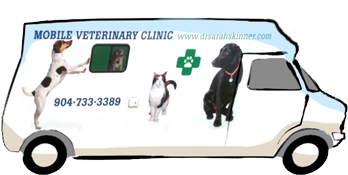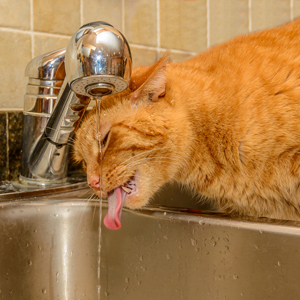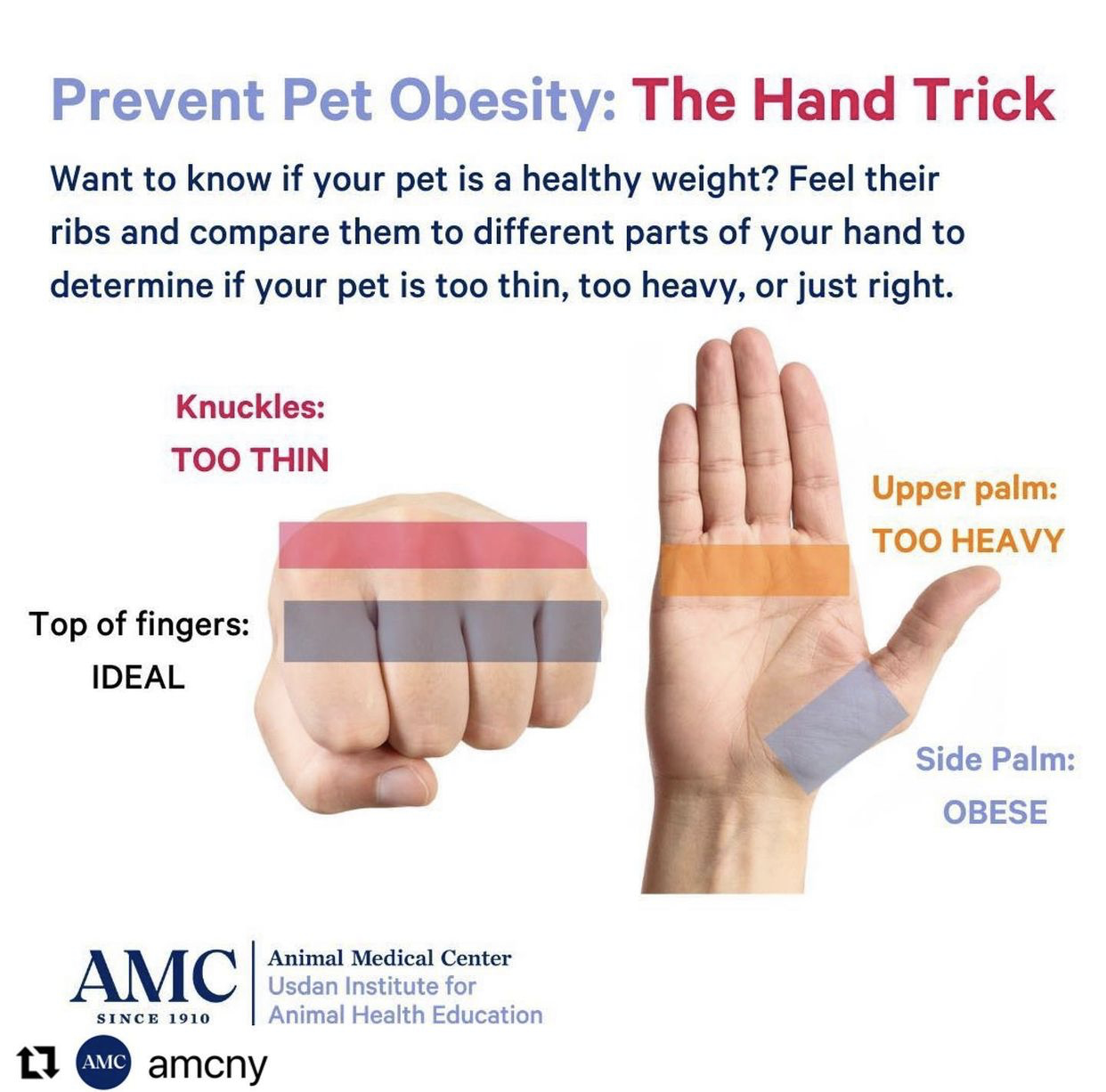
Category Archives: Cats
Phoebe needs a home ASAP!
Two sweet cats need a new home.
The owner of these two kitties died recently. Her sister and friend are hoping to find homes for them.
The cats have been well cared for, We can furnish all necessary medical information. If you think of anyone. please pass this along. Sugar is a shy sweet lady cat who likes the quiet life. Tika is very loving and friendly. Both are indoor cats.
If interested, please contact Chris Miller at (904) 739-9172


How to Lead a Cat to Water AND Make Him Drink it
Cats who eat a dry diet need more water than those on canned food.
Original Article from:
As a general rule, cats and water don’t get along, but did you know that many cats will avoid getting water in them as well as on them? Sometimes, getting water into a cat is as challenging as getting a cat into water.
It seems reasonable to expect that when cats get thirsty they will drink, but cats don’t have that long-standing reputation for being finicky for no reason! Sometimes it seems that along with their inherent aversion to water, cats also seem to have an aversion to doing whatever it is you want them to do, even when it’s in their best interest. You can lead a cat to water but you can’t make him drink.
A 7-pound cat’s minimim water requirement is 5 ounces per day. That assumes that the cat is hanging out in a nice temperate environment, not outside in tremendous heat or being chased up a tree and spending energy and fluids with exercise. This minimum also assumes that it’s a normal, healthy cat, not an old one with kidneys that aren’t up to speed any more. Of course the requirement goes up as the cat gets bigger or more active. For a normal, healthy, small to medium-sized cat, 5 to 10 ounces of water per day is probably fine.
Cats who eat a primarily dry diet need to drink more than cats who eat mostly wet food, as wet food already contains about 70-80 percent water. If kitty’s diet consists of mostly canned food, she’s likely getting a good portion of her daily water requirement just from eating. For the rest, fresh, clean water should be available at all times.
Since we can’t observe our feline friends’ behavior all day every day, we can’t really be sure how much water is actually ending up inside them. When you consider the potential health issues that can occur if your cat doesn’t drink enough, making some small changes around the house and to your daily routine in order to avoid those issues is more than worth the trouble.
Among the most common health issues that can arise from dehydration are constipation, urinary tract and/or bladder inflammation, and urinary blockage. Blockages occur when enough crystals/stones form to prevent urination. A serious blockage of the urethra, the thin tube that transfers cat pee from the bladder to your favorite rug and your new shoes, can very quickly become life-threatening. Blockages are most common in male cats, as the urethra is narrow and more easily obstructed. If you see blood in kitty’s urine or feces or he seems to be straining to pee or poop, the best thing to do is get him to your veterinarian immediately.
If you have a senior cat, helping her stay adequately hydrated is even more important, as her aging kidneys need all the help they can get to keep functioning properly.
Some cats are especially finicky and need a little extra enticement to bring them to the water bowl. If your cat isn’t into canned food (surprisingly, some prefer dry!) there are several ways you can help encourage your cat to drink more water.
- Try switching to a mostly canned diet. Cats are creatures of habit, so change can be hard for them to accept. Consult with your veterinarian before you change the diet as they can help you select the best food for your cat and give you tips to make the transition smooth and successful.
- Wash and refill your cat’s water bowl daily. You wouldn’t want to drink from a glass of water that’s been sitting around on the floor for three days, so your cat probably doesn’t either. He is way more finicky than you about things like that, most likely.
- Put several water bowls throughout your home in different locations. With their well-earned reputation for being finicky, it’s no surprise that some cats will show a preference for drinking from certain spots in the home over others.
- Try different kinds of water bowls. Just like with the location of the water bowl, kitty may have a preference for a certain type of bowl. Try rotating between metal, plastic, and ceramic bowls. Cats often prefer wide, shallow bowls because they don’t like sticking their faces down inside a bowl with tall sides.
- Never keep kitty’s food and water next to or near the litter box. Cats may be animals but chances are high that even they don’t like to eat or drink next to the odor (and possible contamination from) their toilet.
- Add appetizing flavor to the water. A few drops of tuna juice (from tuna packed in water – not oil!) or chicken broth can make kitty more inclined to drink. Make sure you limit the amount of sodium in whatever you add to your cat’s water.
- Feed smaller meals, more frequently. Eating triggers thirst so eating more often could lead to drinking more. Be careful not to overfeed, though.
- Try a water fountain. Many cats are attracted by the moving water and the circulation helps to keep the water fresh. Some cats need time to get used to it though, so if you’re trying it for the first time and kitty doesn’t seem interested, leave it running for a couple of weeks before you give up on it.
You probably don’t need to try all of these ideas to get your cat to drink more water, but implementing just a couple of them could make a huge difference and help keep your cat hydrated, healthy, and happy longer.
Carboxylic Ionophore Toxicity in Small Animals
By Lynn R. Hovda, RPH, DVM, MS, DACVIM, Director, Veterinary Services
Carboxylic ionophores, a group of antibiotic compounds produced by bacteria in the order Actinomycetales, are used to promote growth and feed efficiency in ruminants and swine and control coccidiosis in several species. They are called ionophores because they bind to and transport ions down the concentration gradient present in the lipid bilayer of cellular membranes. The primary mechanism by which ionophores exert their therapeutic effect is by forming cationic (primarily Na+, K+, or Ca++) complexes that alter normal membrane concentrations and increase their transport across lipid membranes. The ability to transport ions is the underlying characteristic responsible for both the antibacterial and anticoccidial effects. In addition, ionophores also have a direct effect on coccidia (both asexual and sexual forms) development further enhancing the anticoccidial effects.
Carboxylic ionophores are marketed as finished or complete feeds, concentrates for top dressing feeds, premixes, and as a sustained release bolus product. Currently there are seven carboxylic ionophores on the market. Monensin (Coban, Rumensin) and lasalocid (Avatec, Bovatec) were introduced and labeled in the mid 1970s for use in chickens and cattle. Many of the field and case reports of adverse reactions and toxicosis in target (cattle and poultry) and nontarget (i.e. dogs, cats, horses, etc.) species involve these two ionophores simply because they have been present in the market place for so many years. These two were followed in the 1980s by salinomycin (Biocox, Coxistat, Saccox), narasin (Maxiban, Monteban, Skycis), and maduramicin (Cygro) for use in chickens and later in swine and in the 1990s by laidlomycin propionate (Catalyst) for use in cattle and semduramicin (Aviax) for use in chickens. While label use is limited to specific conditions and animal species, carboxylic ionophores have been used off-label to treat other diseases such as bloat and ketosis in dairy cattle and for other conditions in a variety of species such as shrimp, sheep, fish, and cranes.
All the carboxylic ionophores are safe when used according to label instructions for the specific species, although even within this group poisonings may occur with either acute or chronic overdose ingestions. They are not labeled for use in any equine species and reports of acute toxicity and death in horses are well reported and documented. They are also not labeled for use in any small animal species and poisonings are routinely reported when fed to or ingested by small animals. Most of the reports involve dogs and rabbits; clinical reports of toxicosis in cats are rare. This may be due to the fastidious and finicky eating habits of cats or because house and city cats do not routinely have access to these substances.
Small animals may become poisoned by carboxylic ionophores in many ways. Illness and death from pet food contaminated with a specific ionophore was the most likely source in several reported poisonings. In one case involving the sudden onset of clinical signs in a kennel, dog food was prepared by a small feed mill that also manufactured monensin containing cattle and chicken feed. Dogs, largely rural, may ingest food designated for cattle or poultry either by eating a modest amount of a complete animal feed or a smaller amount of a concentrate or premix. This generally occurs when dogs have direct access to feed in cattle troughs or feed bunks or stored bags of feed, concentrates, or premixes. Storage errors such as placing dog or rabbit food in a container previously holding an ionophore or chewing and swallowing an ionophore sustained release bolus have also been reported. Occasionally, dogs or rabbits are poisoned by an unsuspecting owner either intentionally or unintentionally feeding them an ionophore containing product.
Homemade Kitten Formula
Step 1
- 2 cups water
- 2 packet of Knox gelatin
- (Melt together in microwave.)
Step 2
Add:
- 1 can evaporated milk
- 4 Tbs plain yogurt
- 1/3 cup baby rice cereal
- 4 Tabs mayo
- 1 tsp Karo syrup
- 1 can goat’s milk
- 2 egg yolks
Keep refrigerated. Can be frozen and thawed for use as needed.
Free Cat Toy!
Hours of fun for the whole family… especially if you’re all cats. Regardless, it IS a fun craft project for the kids, and will keep your kitties entertained too!
Check out the whole project, as well as a bunch of other great pet-related info and items here.
Feline House-Soiling – Useful Information for Cat Owners
House-soiling is one of the most common reasons why pet owners abandon or relinquish their cats. Unfortunately, these cats frequently end up in shelters where they often are euthanized.
House-soiling can be a complex problem to solve, but there are ways to prevent, manage, or resolve feline house-soiling behaviors.Your cat does not urinate or defecate outside the box due to spite or anger towards you, but because its specific physical, social, or medical needs are not being met.
Download and read the PDF here: Feline House Soiling
Dr. Sarah Skinner · Mobile Only Veterinarian · 904-733-3389
Copyright © 2025 Dr Sarah Skinner. All rights reserved. Our Privacy Policy · GDP and Privacy Policy · Web Design by Lena Shore









